Artificial Intelligence (AI) has evolved from a futuristic concept into a powerful tool shaping every aspect of modern life—from how we work and shop to how we learn, receive healthcare, and make decisions. But with this immense power comes the need for equally significant responsibility. As AI systems grow more autonomous, their decisions impact individuals, societies, and even global stability. This creates a moral imperative: the development and deployment of AI must be governed by ethical principles that prioritize fairness, accountability, transparency, privacy, and human well-being.
AI ethics is not just a philosophical discussion—it is a practical framework that affects real people. Ethical AI means questioning how data is collected, how decisions are made, who benefits, and who may be harmed. It involves technologists, regulators, users, and communities all contributing to a shared vision of responsible AI. As the pace of innovation accelerates, so does the urgency of understanding these ethical issues. In this guide, we dive into over 60 must-know facts that explain what AI ethics really means, why it matters, and how we can apply its principles to create a more just and inclusive digital future.
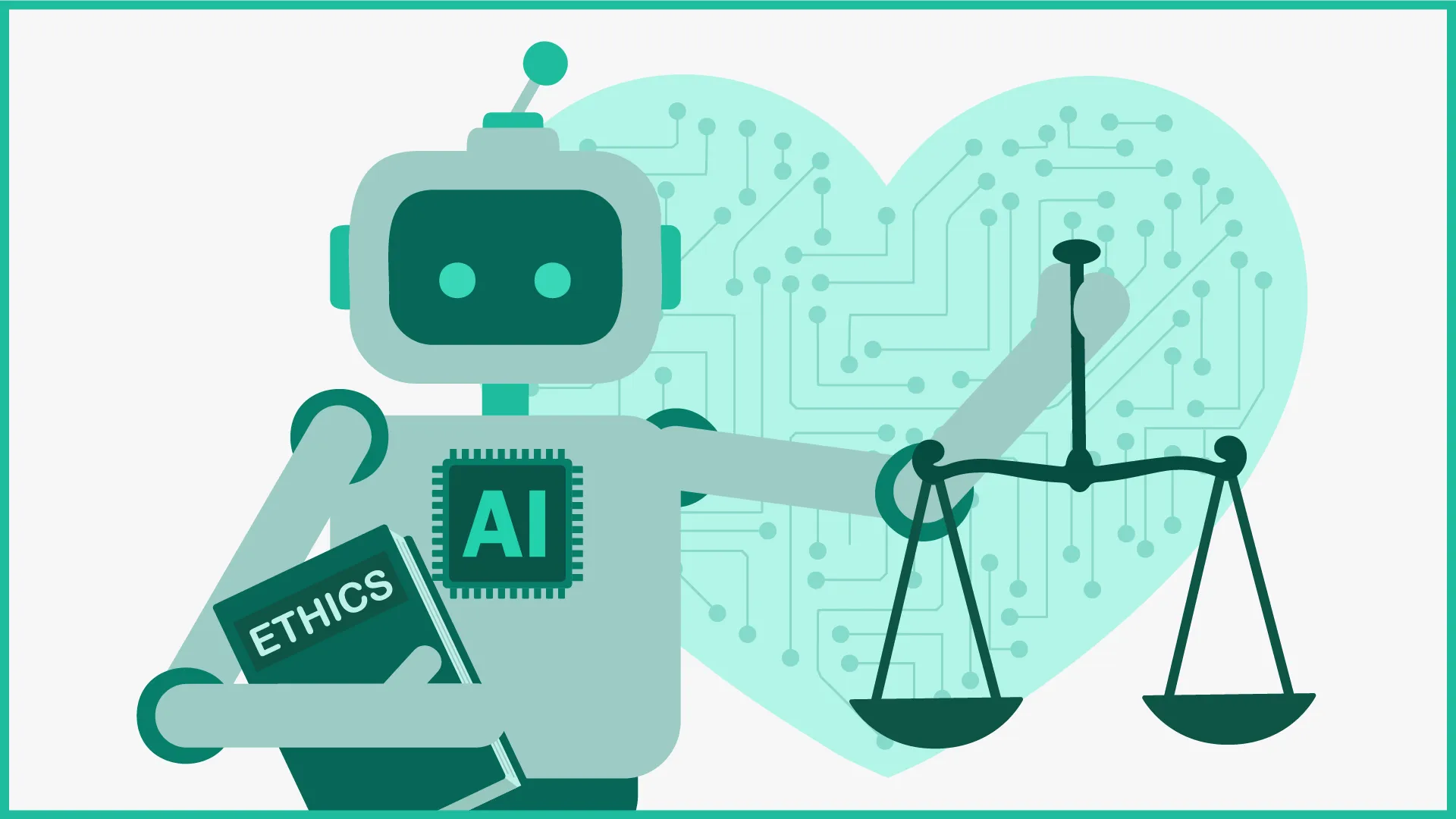
Core Principles of AI Ethics
Ethics in AI begins with foundational principles that guide every aspect of how intelligent systems are created and used. These principles serve as the ethical compass for designers, developers, policymakers, and organizations. They are not just theoretical ideas—they are the standards by which we ensure AI supports human dignity, protects rights, and enhances, rather than replaces, human judgment.
This group outlines the essential moral tenets of AI ethics, such as fairness, transparency, accountability, and privacy. These are the building blocks of ethical frameworks globally adopted by governments, tech companies, and academic institutions. Understanding these values helps ensure AI is built to serve everyone—not just the few. Each of these facts offers a critical piece of the ethical puzzle that, together, defines how we can steer AI in the right direction.
-
Transparency is a cornerstone of ethical AI.
Explanation: Systems must be understandable to users and regulators. Black-box algorithms that make decisions without explanation erode trust and accountability. -
Accountability ensures someone is responsible.
Explanation: Every AI system should have a clear line of responsibility. If something goes wrong, it must be clear who is answerable—developers, deployers, or the organization behind it. -
Fairness in AI means avoiding bias.
Explanation: AI systems must not discriminate against individuals or groups based on gender, race, age, or other protected attributes. Bias must be actively identified and corrected. -
Privacy must be respected at all stages.
Explanation: AI should only collect and process personal data when absolutely necessary, with consent, and using secure methods to protect user identity and rights. -
AI should serve human well-being.
Explanation: The overarching purpose of AI must be to improve human life, not to manipulate, deceive, or replace human judgment unnecessarily. -
Security must be built into AI from day one.
Explanation: Ethical AI systems are secure by design. They must be resistant to tampering, manipulation, or exploitation that could lead to harm. -
AI must enhance—not diminish—human autonomy.
Explanation: Ethical AI should empower users with choices and not override or manipulate them through coercion or hidden influence. -
Inclusivity in AI design promotes equality.
Explanation: Designing for a wide range of users ensures technology does not exclude or marginalize anyone based on language, literacy, or ability. -
Environmental sustainability is part of ethics.
Explanation: The energy used by AI models has an environmental impact. Responsible AI must consider sustainability and reduce unnecessary resource consumption. -
Human oversight should never be optional.
Explanation: No AI system should operate without some form of human oversight. Humans must remain in the loop, especially in critical decisions like healthcare or law enforcement.
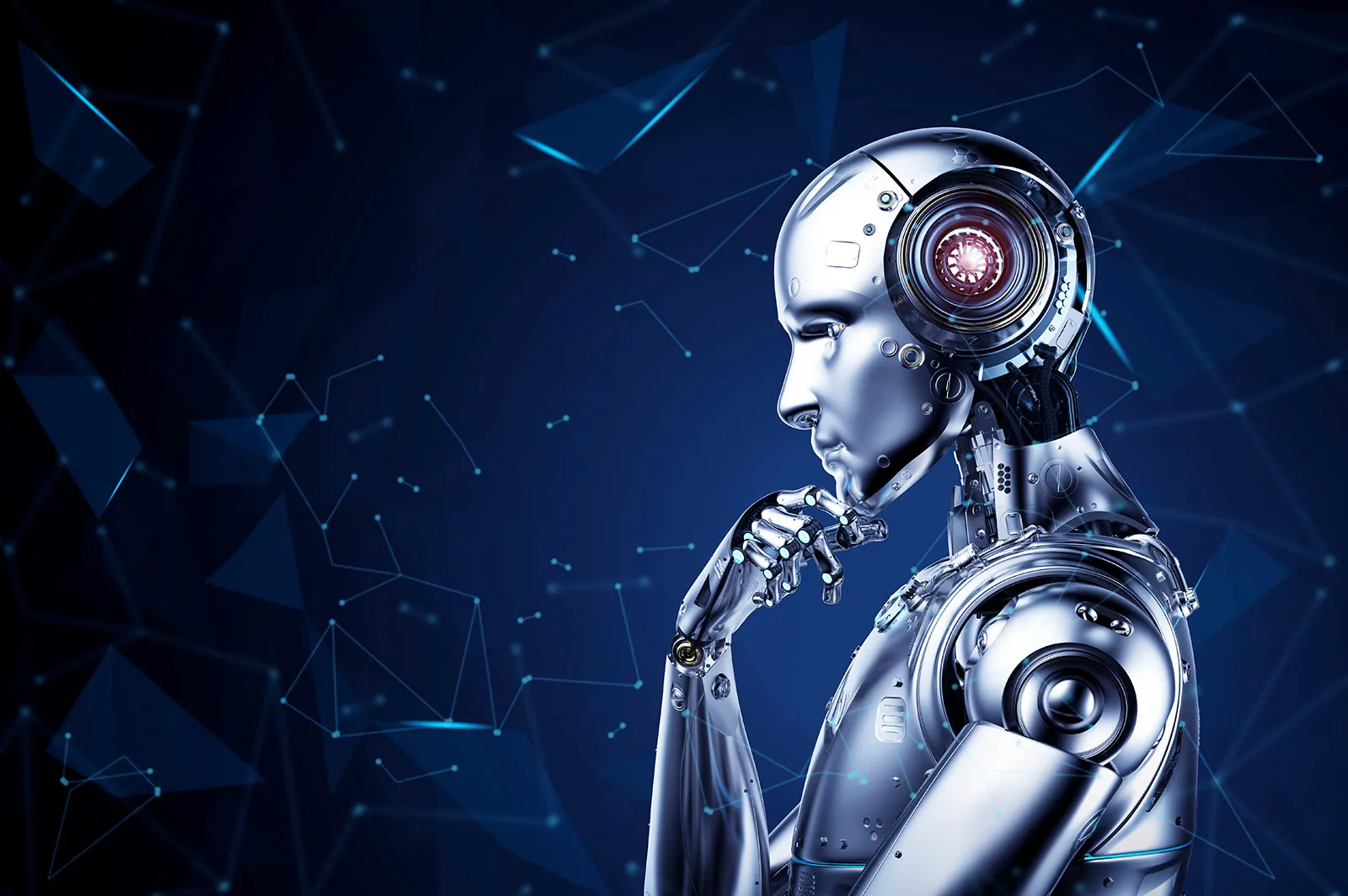
Bias and Discrimination in AI
Bias in AI is not an abstract concern—it has already produced real-world harm. From hiring algorithms that disadvantage women and minorities to predictive policing systems that disproportionately target specific communities, biased AI systems can reinforce and amplify historical injustices. This happens when data sets used to train these systems reflect past societal inequalities, or when designers fail to question their own assumptions during the development process.
These issues don’t just affect niche technologies—they impact decisions related to credit, healthcare, education, hiring, and legal outcomes. And because AI systems can scale quickly, a biased model can harm thousands or millions of people in a short time. Therefore, eliminating bias in AI is both a technical and a moral responsibility. It requires diverse teams, inclusive data sets, regular audits, and open dialogue between technologists and impacted communities. This group of facts sheds light on the origins of bias, its ripple effects, and what can be done to build more equitable AI.
-
Bias is often embedded in training data.
Explanation: When AI models are trained on data that reflects historical inequalities or societal stereotypes, those same biases get reproduced in their outcomes. -
AI can inherit human prejudices.
Explanation: If biased human decisions are used as inputs—like past hiring choices—AI will learn and repeat those same patterns, reinforcing the bias. -
Facial recognition technology struggles with racial accuracy.
Explanation: Studies have shown that facial recognition is significantly less accurate for people with darker skin tones, leading to wrongful identifications and serious consequences. -
Unfair AI outcomes can deny people opportunities.
Explanation: Biased credit scoring or job-screening tools can unfairly exclude qualified individuals, reducing access to employment, housing, or loans. -
Diverse development teams reduce bias.
Explanation: When AI systems are built by people from varied backgrounds, it’s more likely they will recognize and correct cultural or gender-based assumptions in the model. -
Bias isn’t always obvious—it can be systemic.
Explanation: Not all bias is overt. Some is subtle, built into data structures or assumptions that go unquestioned unless critically examined. -
Ongoing testing is crucial for fairness.
Explanation: Bias mitigation isn’t a one-time task. AI systems must be continuously monitored and tested across different populations and contexts. -
Bias audits help expose invisible discrimination.
Explanation: Independent audits evaluate an AI system for disparate outcomes across demographics, helping organizations take corrective action before harm occurs. -
Explainable AI can help identify bias.
Explanation: When users understand how decisions are made, it becomes easier to spot patterns of unfairness and demand accountability. -
Bias in AI can be reduced—but not eliminated entirely.
Explanation: All systems carry some risk of bias, but with vigilance, transparency, and inclusive design, the impact of that bias can be minimized significantly.
Accountability and Responsibility in AI Ethics
AI systems can act independently, but when things go wrong, someone must be held accountable. This becomes a serious ethical and legal issue, especially in high-stakes environments like healthcare, criminal justice, or finance. If a self-driving car crashes, or an AI system wrongly denies someone housing or insurance, who is at fault—the developer, the deployer, or the machine itself?
As AI continues to evolve, the need for robust accountability frameworks has become more urgent. Ethical AI means designing systems with clear lines of responsibility, mechanisms for redress, and fail-safes to prevent harm. Whether it’s government regulation, corporate oversight, or internal auditing, responsible AI cannot exist without human ownership and ethical governance. This group addresses how we build AI systems that answer to people—not the other way around.
-
AI systems must have human accountability.
Explanation: There must always be a person or organization responsible for an AI’s actions—machines should never operate without human oversight. -
Legal frameworks are still catching up.
Explanation: Laws haven’t yet fully addressed AI-related harm. As a result, ethical responsibility often falls into legal gray areas. -
Developers have ethical duties beyond code.
Explanation: Engineers and data scientists must consider the social implications of their systems—not just whether they “work.” -
Organizations should adopt ethical AI policies.
Explanation: Internal governance, ethics committees, and value-based design standards can ensure AI is built with foresight and care. -
Algorithmic accountability requires transparency.
Explanation: You can’t hold a system accountable if you don’t know how it makes decisions—transparency is key. -
AI should include opt-out mechanisms.
Explanation: Users should be able to disengage from AI systems or appeal their decisions, especially in sensitive contexts like finance or healthcare. -
AI audits promote public trust.
Explanation: Independent reviews of AI systems help expose flaws and build accountability through transparency and third-party validation. -
Explainability is part of being responsible.
Explanation: AI should be able to explain itself in terms a layperson can understand, especially when making impactful decisions. -
Ethical lapses can damage brands and people.
Explanation: A poorly deployed AI system can harm users and ruin public trust—reputation and responsibility go hand in hand. -
Whistleblowers are key to accountability.
Explanation: Employees who speak out against unethical AI practices must be protected and encouraged—internal awareness often prevents external damage.
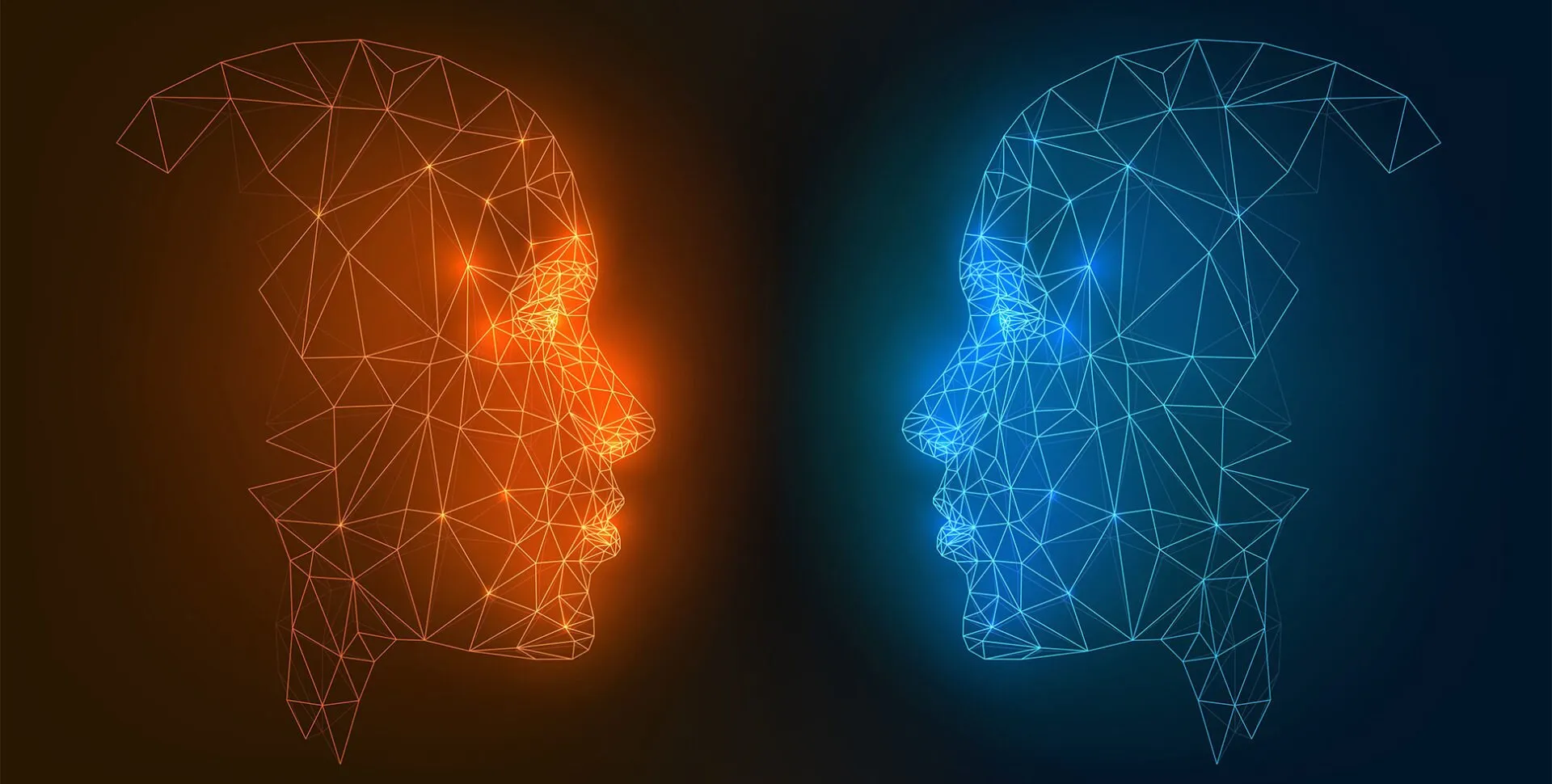
Privacy, Surveillance, and Consent in AI
Privacy is one of the most urgent issues in AI ethics. As AI systems become more integrated into everyday life, they also collect, process, and analyze an unprecedented amount of personal data. From facial recognition in public spaces to algorithms predicting consumer behavior, AI often encroaches on privacy in ways that are subtle—but deeply consequential.
Without proper safeguards, AI can become a tool for surveillance, manipulation, or exploitation. That’s why ethical AI must ensure that users maintain control over their data. This means obtaining informed consent, limiting data usage, and securing sensitive information. It also requires transparency around how data is being used and how long it is stored. This group covers the essential facts about privacy rights in the age of intelligent machines.
-
AI systems often rely on personal data.
Explanation: From location to voice to purchase history, AI collects intimate information that must be handled with care. -
Informed consent is a privacy cornerstone.
Explanation: Users should know exactly what data is collected and how it will be used—vague terms of service are not enough. -
Facial recognition raises serious ethical concerns.
Explanation: Widely used in public surveillance, facial recognition can infringe on civil liberties and target marginalized groups. -
Data minimization should be a design goal.
Explanation: AI should only collect the data it absolutely needs—not “everything just in case.” -
Anonymization doesn’t always protect privacy.
Explanation: Even “anonymized” data sets can sometimes be re-identified, especially when combined with other data sources. -
Data breaches in AI can cause real harm.
Explanation: Stolen or leaked information from AI systems can lead to identity theft, reputational damage, or financial loss. -
Users should control their digital footprint.
Explanation: Ethical systems let people access, edit, or delete their personal data whenever they choose. -
Surveillance capitalism is an AI issue.
Explanation: Many companies profit from excessive data collection and micro-targeting—a model that raises ethical red flags. -
AI ethics includes cybersecurity protocols.
Explanation: Protecting stored data from attacks is a non-negotiable aspect of responsible AI design. -
Global privacy laws shape AI design.
Explanation: Regulations like GDPR (Europe) or CCPA (California) set legal standards for privacy that ethical AI must follow.
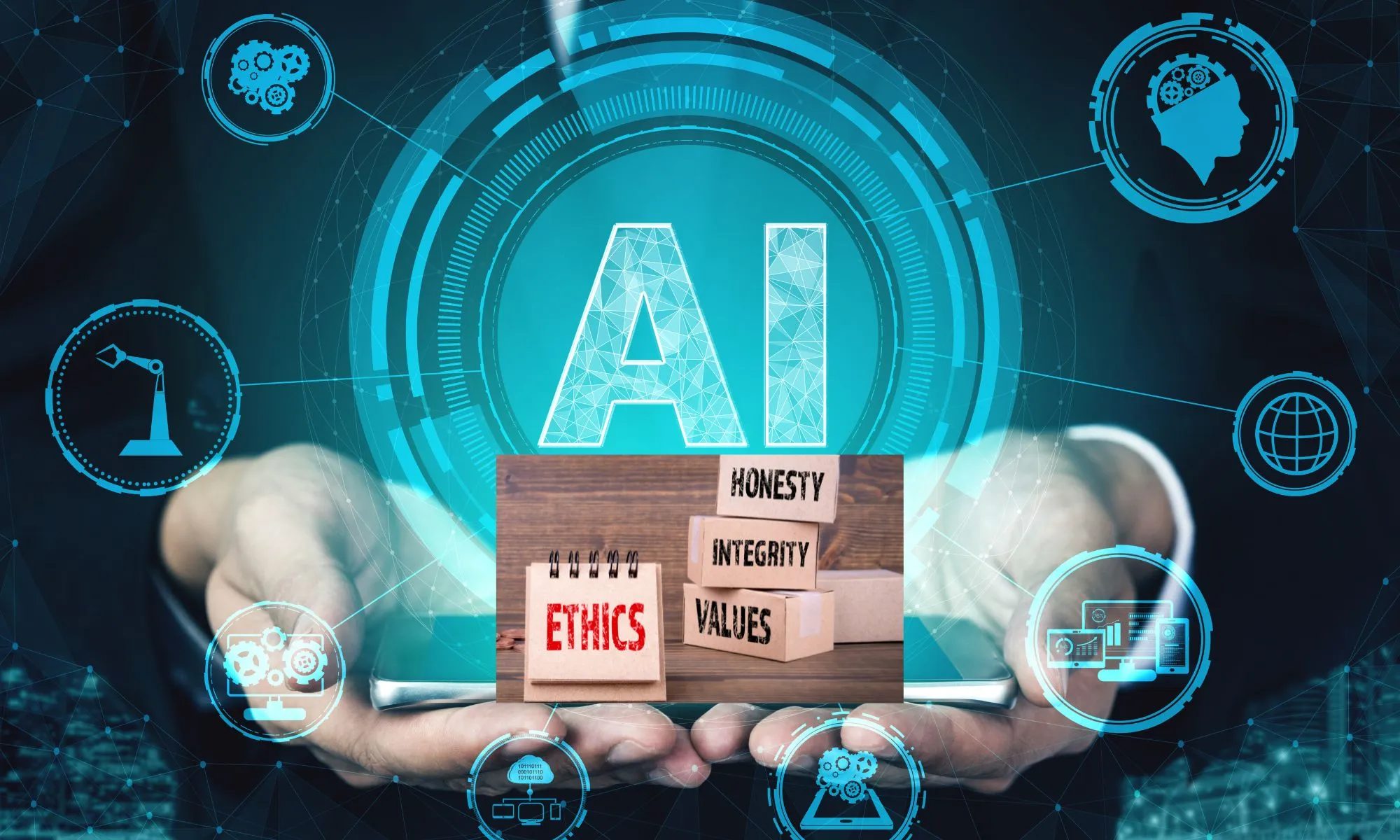
Autonomy, Human Impact, and AI Manipulation
As AI becomes more powerful and persuasive, a major ethical concern is how it affects human autonomy—our ability to make free, uncoerced decisions. Algorithms increasingly shape what we see, what we buy, how we vote, and how we feel. When does “recommendation” cross the line into manipulation?
Autonomous AI, especially in social media or advertising, can subtly shift behavior without our awareness. This group addresses how ethical AI must protect people’s ability to think independently, make their own choices, and live without constant digital nudging. These facts explore where AI ends and human free will begins.
-
AI can manipulate through recommendation.
Explanation: Recommendation engines aren’t neutral—they’re designed to influence behavior, which can be ethical or problematic depending on context. -
Autonomous vehicles must balance ethical decisions.
Explanation: Self-driving cars may face moral dilemmas—like deciding how to react in crash scenarios. These must be programmed with clear ethical frameworks. -
AI can polarize public opinion.
Explanation: Social media algorithms often push extreme content to boost engagement, which can divide societies and distort facts. -
Behavioral data can predict emotional vulnerability.
Explanation: AI can detect when users are stressed or depressed and target them—raising concerns about exploitation. -
Autonomous systems must defer to human judgment.
Explanation: In life-or-death decisions, humans—not machines—should always have the final say. -
AI-generated deepfakes challenge truth.
Explanation: Fake audio and video content generated by AI can deceive audiences, damage reputations, and erode public trust. -
Freedom of thought is a core right.
Explanation: AI must not infringe on individuals’ ability to form their own opinions and beliefs. -
Ethical AI supports—not replaces—humans.
Explanation: Systems should augment human decision-making rather than attempt to control or override it. -
Informed design prevents covert manipulation.
Explanation: Ethical interfaces make it clear when a user is being influenced by AI—covert manipulation is unethical. -
Human dignity must remain central.
Explanation: All AI systems must respect the individual’s worth, integrity, and right to choose.
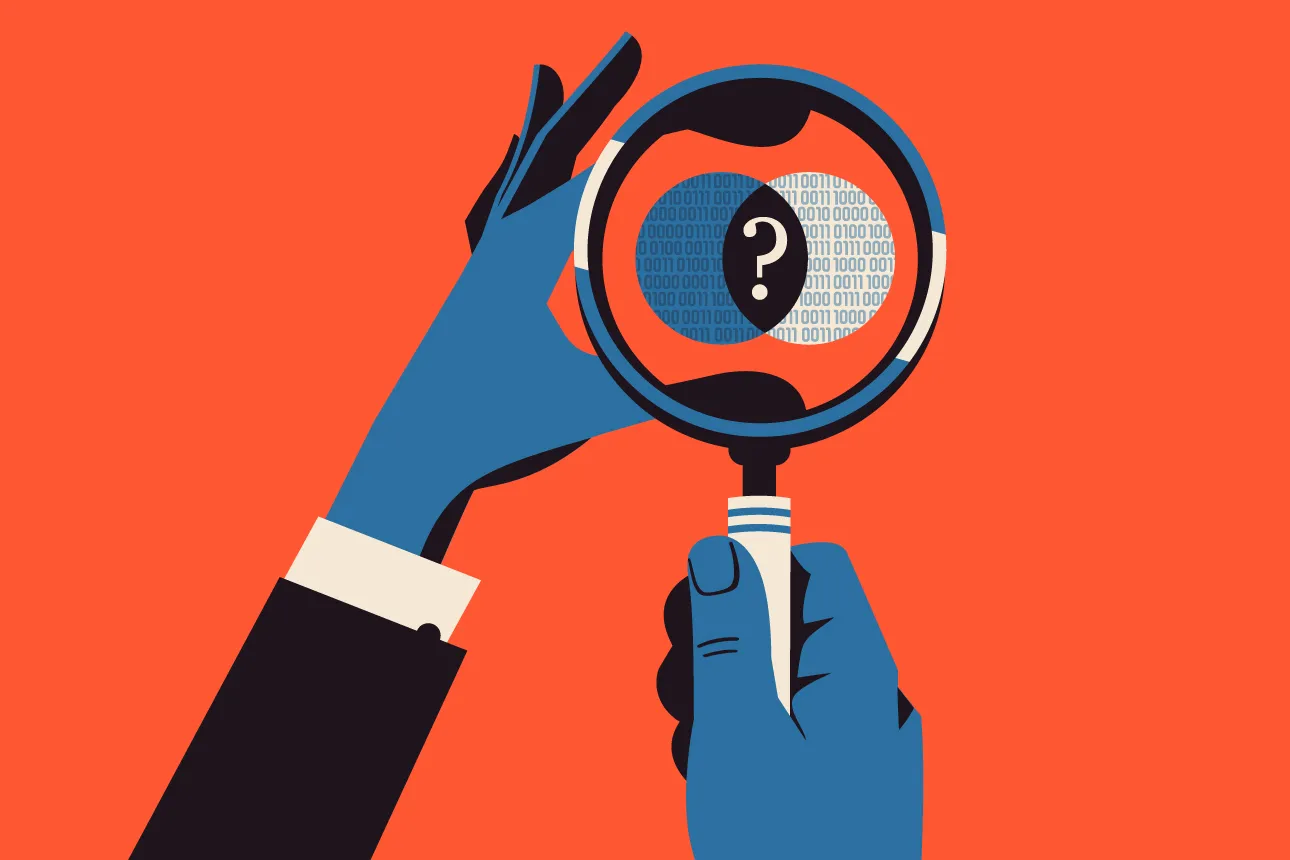
AI in Society—Justice, Equity, and Inclusion
AI systems do not operate in a vacuum—they’re built in social contexts, and they often reflect the values and structures of the societies that create them. This means AI has the power to either amplify inequality or help dismantle it. Ethical AI considers who gets access, who benefits, and who may be left behind.
This group focuses on social justice in AI ethics. It emphasizes the need for inclusive design, equitable access, and systems that recognize and uplift marginalized voices. When done right, AI can be a tool for empowerment—not exclusion.
-
AI can reinforce systemic inequality.
Explanation: If biased systems go unchecked, they can magnify racial, gender, or economic disparities. -
Equity in AI means proactive inclusion.
Explanation: It’s not enough to avoid harm—ethical AI must actively work to close social gaps and promote fairness. -
AI access is a social justice issue.
Explanation: Marginalized groups often lack access to powerful tools like AI-driven education, healthcare, or employment platforms. -
Designing for accessibility is ethical AI.
Explanation: Inclusive design ensures that AI works for people with disabilities and varied abilities. -
Digital divides can widen inequality.
Explanation: AI systems often assume internet access or tech literacy, excluding rural or underserved communities. -
Ethical AI involves community input.
Explanation: Involving impacted communities in the design and feedback process ensures relevance and respect. -
Language bias excludes global users.
Explanation: AI that only supports English (or dominant languages) ignores billions of users worldwide. -
Ethical AI respects cultural context.
Explanation: AI should adapt to different cultural values and norms—not impose one worldview universally. -
Equitable AI includes demographic diversity.
Explanation: Systems should perform well across age, race, gender, and income levels—not just the majority. -
Justice in AI requires systemic reform.
Explanation: Building ethical AI isn’t just about fixing code—it’s about changing the values that shape the tech industry.
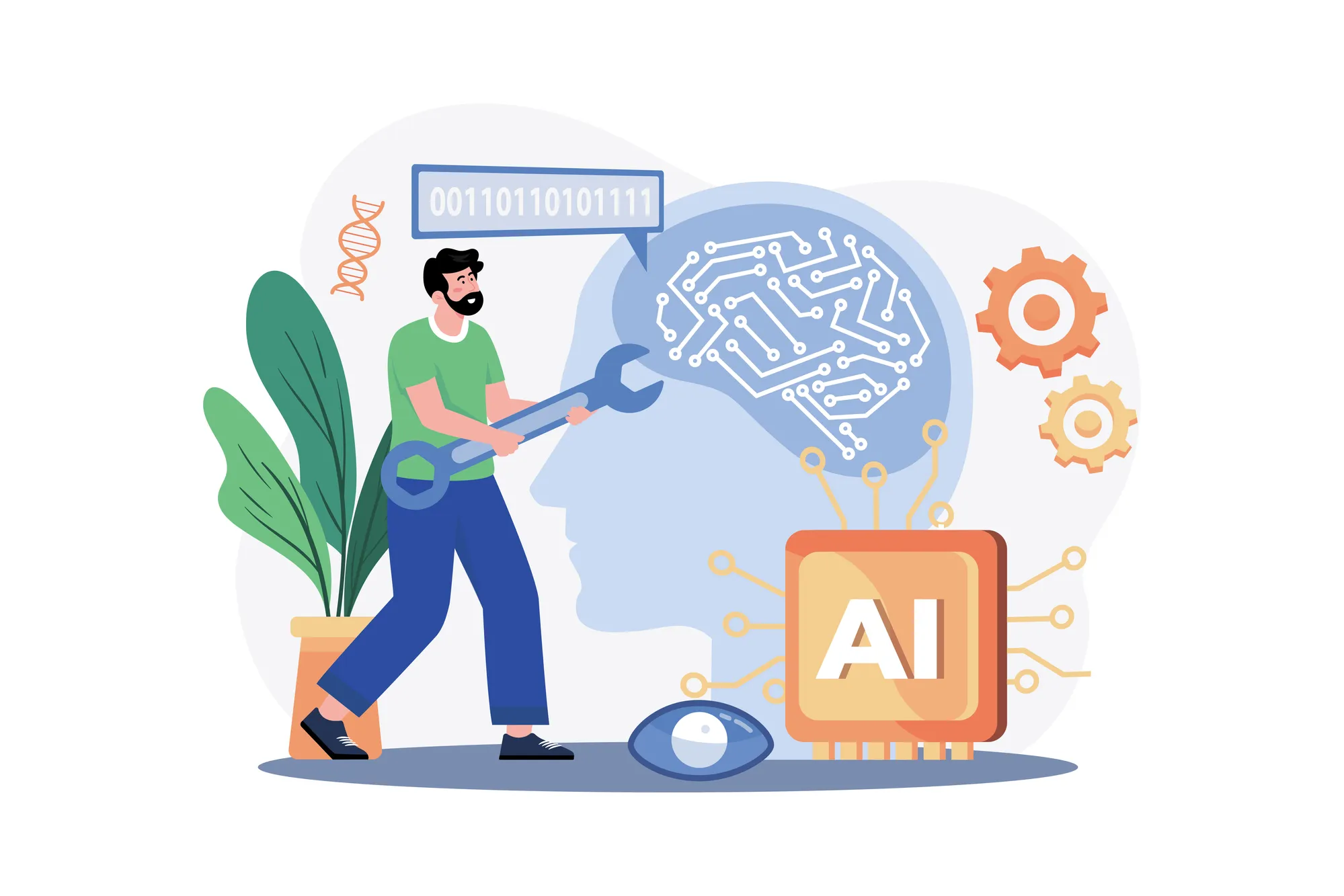
AI and the Future of Work, Creativity, and Human-AI Collaboration
AI is redefining the future of work in both promising and unsettling ways. On one hand, automation can eliminate dangerous, repetitive, or low-value tasks, freeing humans for more creative and strategic roles. On the other hand, it can also displace millions of jobs, disproportionately affecting low-income workers, freelancers, and communities already vulnerable to economic disruption.
At the same time, AI is entering the world of creativity—writing news articles, generating artwork, composing music, and even designing buildings. This raises new ethical dilemmas: Who owns AI-generated content? How do we ensure creative professionals aren’t left behind? Can machines truly be artists, or are they just mimicking human expression?
These questions sit at the heart of this group. Ethical AI must not just prioritize efficiency—it must protect livelihoods, respect intellectual contributions, and support humans as collaborators, not competitors. AI can be a tool for human empowerment, but only if guided by thoughtful, inclusive, and proactive ethical strategies.
-
AI will redefine—but not eliminate—work.
Explanation: Jobs will evolve as AI handles routine tasks; new roles will emerge that require human judgment, empathy, and creativity. -
Automation can displace vulnerable workers.
Explanation: Workers in service, logistics, and manufacturing are most at risk of job loss due to AI-driven automation. -
Ethical AI must include transition support.
Explanation: Job displacement should be met with retraining programs, social safety nets, and policies that prioritize worker resilience. -
AI-generated content raises authorship questions.
Explanation: When machines write, compose, or design, it’s unclear who owns the output—the programmer, the user, or no one at all. -
Human creativity is still unmatched.
Explanation: While AI can mimic styles and patterns, it lacks the emotional depth, context, and originality of human creators. -
Creative professionals must be protected.
Explanation: Artists, writers, and musicians need policies that prevent exploitation by AI tools that replicate their work without permission or compensation. -
AI should complement—not replace—humans.
Explanation: Ethical AI augments human skills, enhances productivity, and allows for new types of collaboration, rather than sidelining workers. -
Transparency is key in AI-generated media.
Explanation: Users should be informed when content is generated by AI, especially in journalism, advertising, or education. -
Bias can exist in creative AI too.
Explanation: AI trained on skewed data can reinforce stereotypes or exclude certain voices in generated content. -
Workplace AI must be inclusive.
Explanation: AI used in hiring, evaluation, or task allocation should be free of bias and designed to support equity and fair treatment.

Artificial Intelligence is transforming our world at an astonishing pace, reshaping industries, communities, and personal lives in ways that were unimaginable just a decade ago. But with this immense technological potential comes a profound ethical responsibility. The facts we’ve explored across these 70 insights reveal a truth that cannot be ignored: AI is only as ethical as the people who build, train, govern, and use it.
AI ethics is not a luxury or afterthought—it’s a foundational pillar of innovation. It’s about protecting rights, promoting fairness, ensuring accountability, and keeping humans at the center of every decision made by machines. From addressing algorithmic bias and securing user privacy to supporting displaced workers and honoring human creativity, ethical AI requires constant vigilance, collaboration, and empathy.
As we move forward into a future shaped by intelligent systems, we must ask ourselves not just what AI can do, but what it should do. Governments, companies, researchers, and citizens all have a role to play. The more we embed ethical thinking into the DNA of AI, the more likely we are to create a world where technology empowers—not exploits—human potential.
Let this guide be a reminder that ethics in AI is not about slowing progress. It’s about directing it toward justice, dignity, and collective good. The future isn’t just AI-powered—it’s ethically guided, human-focused, and globally inclusive.









